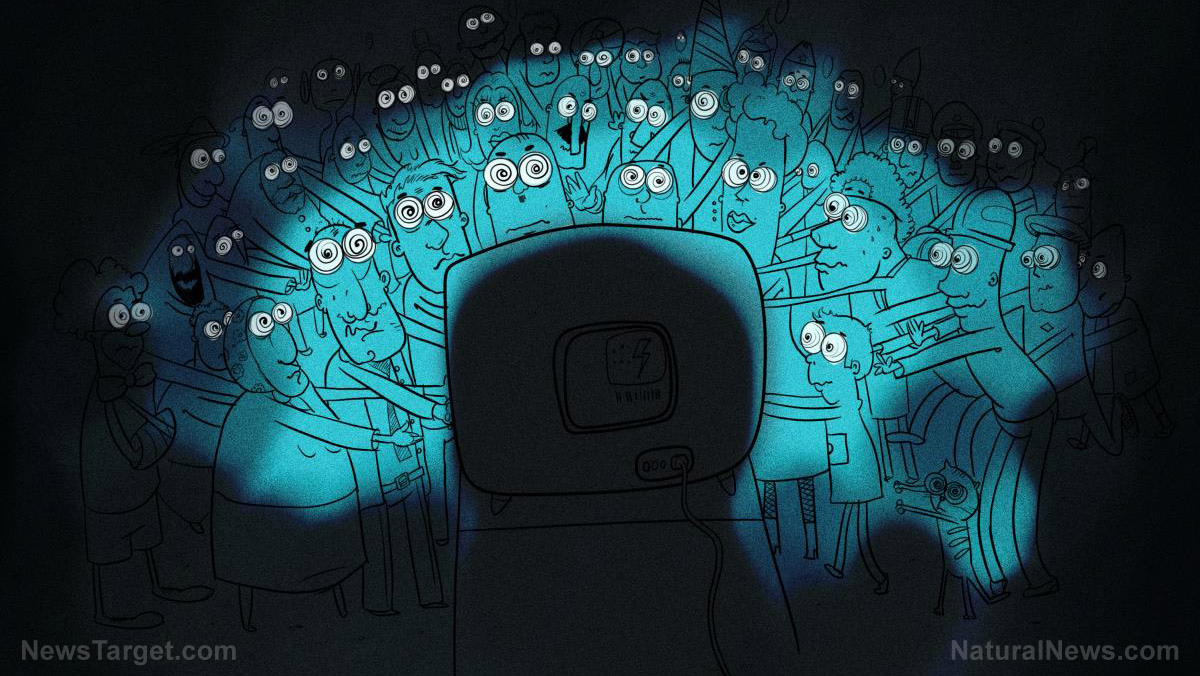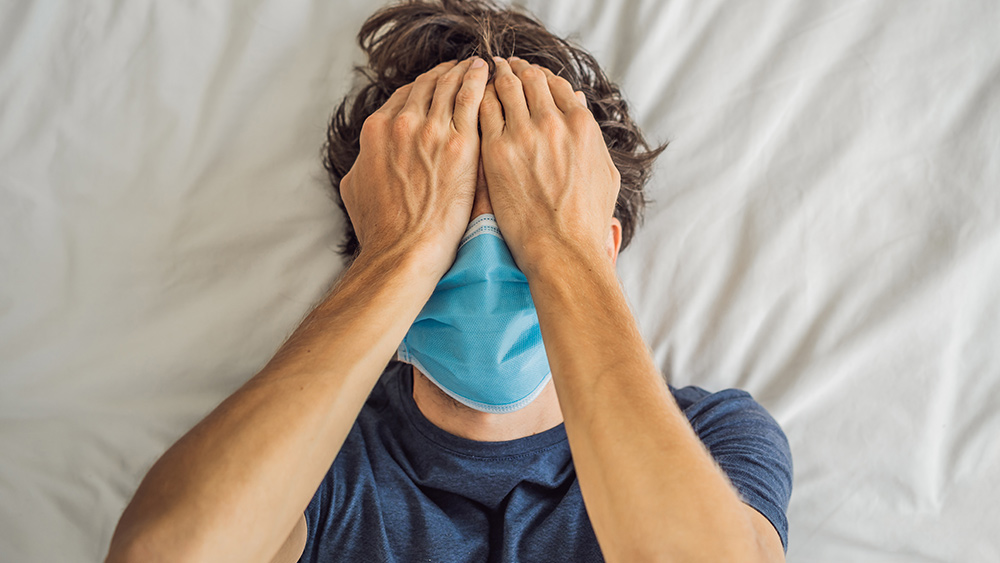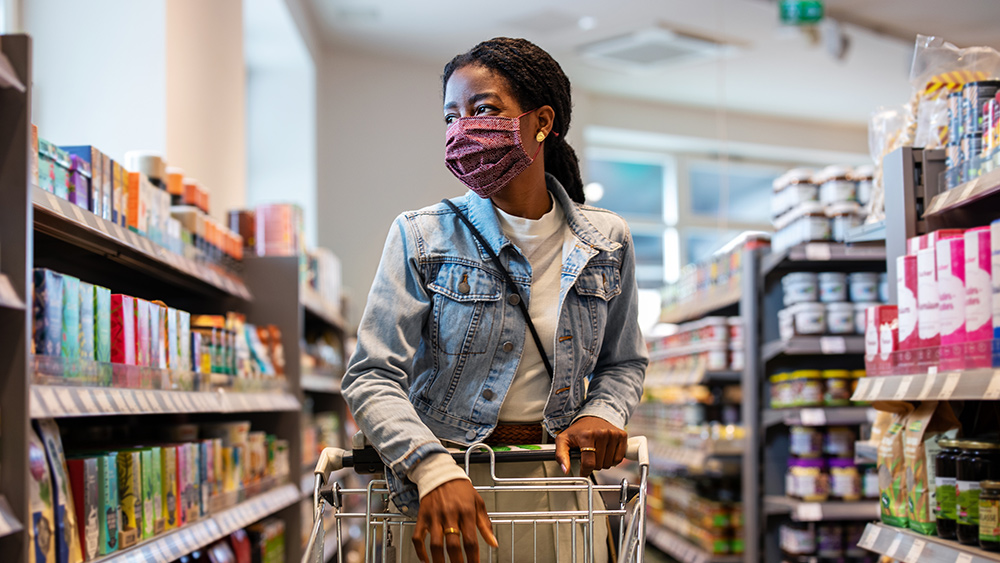Over 400 studies show COVID-19 measures are failures… lockdowns don’t work, masks don’t work and school closures help no one
12/17/2021 / By Mary Villareal

More than 400 studies have shown that lockdowns, shelter-in-place policies, school closures, masks and mask mandates have all failed to mitigate the spread or reduce the deaths from the Wuhan coronavirus (COVID-19).
Dr. Paul Alexander of the Brownstone Institute wrote that the restrictive policies and failures of the mandates have caused immense harm, especially for the poorer and more vulnerable in the society.
He noted that while nearly all governments have attempted compulsory measures to control the virus, the research showed that no government can claim they had a “discernable impact” on the trajectory of the virus.
No evidence that interventions reduce number of cases
A study from January 2021 reported that there is no evidence that more restrictive nonpharmaceutical interventions like lockdowns contributed substantially to limiting cases in England, France, Germany, Italy and other countries in early 2020.
Alexander noted that “governments continue to double down, causing misery upon people with ramifications that will likely take decades or more to repair.”
Some harms, he noted, include the undiagnosed illnesses that will result in excess mortality in years to come, including depression, anxiety and suicidal ideation. Drug overdoses and suicides due to lockdown policies, crushing isolation, psychological harms, abuse and loss of jobs and businesses all have devastating impacts. The deaths resulting from these lockdowns could impact more heavily on women and minorities.
There are calls for new lockdowns in response to the omicron variant, despite indications that it will not be more lethal that earlier variants. Alexander said it has been clear that there is no way to eradicate the virus with lockdowns, and that it would likely become endemic like other circulating common cold coronaviruses.
Further, Alexander explained that an “age-risk,” focused-protection approach is optimal amid evidence of a 1,000-fold differential in risk of death between a child and an elderly adult. There had also been plenty of evidence of the “potency and success of early ambulatory outpatient treatment in reducing the risk of hospitalization and death in the vulnerable,” he said.
Economic status during pandemic affects global mental health
In South Korea, the pandemic resulted not only in deaths but in many other consequences for mental health. The National Mental Health Survey found approximately 20 percent of 1,014 adults aged 19 to 70 years surveyed in the country have moderate to high risk of anxiety during the pandemic, while 18 percent were in a moderate to higher risk for depression.
Further, a previous study that investigated the health of college freshmen in the context of COVID-19 showed that 36.8 percent of participants have mild depressive symptoms, and 10 percent experienced severe depression. (Related: COVID-19 lockdowns causing deterioration of children’s mental health.)
Sales have also decreased as people try to avoid the virus. Thus, the loss of jobs resulted in a declining household economy.
A previous study noted that more than 80 percent of adult respondents said that the pandemic had an impact on their home economy, and approximately 30 percent reported severe impact. Stressors such as an economic downturn and family financial loss can have even more enduring effects than the COVID-19 infection itself.
Still, public health officials and decision-makers were not reading the evidence since the beginning. They were not up to speed with the science or data, did not understand the evidence and were blinded by the science that was often driven by their own prejudices.
Watch the video below to know more about the pandemic’s impact on the mental health of children.
Read more stories related to the pandemic at Pandemic.news.
Sources include:
Tagged Under: Anxiety, children's health, coronavirus, coronavirus restrictions, covid-19, depression, lockdown, Medical Tyranny, mental health, pandemic
RECENT NEWS & ARTICLES
Mental.News is a fact-based public education website published by Mental News Features, LLC.
All content copyright © 2018 by Mental News Features, LLC.
Contact Us with Tips or Corrections
All trademarks, registered trademarks and servicemarks mentioned on this site are the property of their respective owners.




















